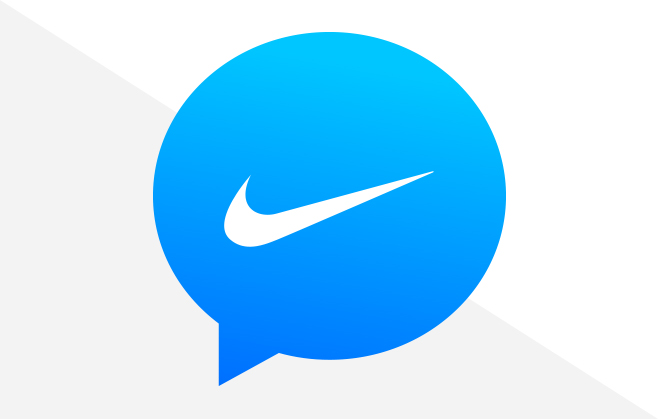
Ads are coming to Facebook Messenger
Social media platforms are always looking for additional ways to monetise, whether that be on their own sites, or their related products. And now it’s the turn of Facebook, who have just announced they will soon be testing ads in Messenger. So will having ads on a chat app turn users off, or will it be of great benefit to brands?
It’s long been predicted that ads would be the next addition to Facebook Messenger. They’re one of the easiest ways to monetise, and would see the company rely on banner ads to drive further revenue. Display ads have already been tested on the app’s home page, but now they’ll start rolling out to select users and countries within the next few weeks. Users in Australia and Thailand will start seeing these first, and they will appear underneath the conversations section. Ad format will include an image, alongside text and link, which will encourage users to click on a call to action feature. For now, we won’t be seeing any banner ads in our conversations themselves, but we will be able to start chats with brands by clicking on these ads when they appear on the home page.
Aside from ads, the other beneficial feature for brands is the platform’s chatbots. These have been fully launched on the app, with the likes of Starbucks, Unilever and eBay using these to help consumers search for and buy products, as well as aid promotional campaigns. Facebook also began using bots for “Sponsored Messaging”, which enabled businesses to direct users from an ad shown in News Feed, to a conversation with the brand chatbot itself. The company also started charging brands to send re-engagement messages to users who had already been in conversation with them. With banner ads coming, this will surely be a lucrative extra money-making option for businesses. On Messenger itself for instance, we envisage brands using their displayed content to drive further traffic to their official accounts and generate further bot engagements, and off the app, drive traffic to their mobile apps, sites, and Facebook pages. All in all, brand presence will undoubtedly be boosted, especially as these ads will be carefully targeted based on Facebook’s mine of user data.
So why hasn’t WhatsApp followed suit? Despite being owned by Facebook, the platform remains somewhat autonomous, although it does share users’ data in order to serve relevant ads and friend suggestions in News Feed. There’s no in-app advertising as of yet, although a multitude of businesses have branded accounts on the platform, which they use for conversing with their customers. Japan and China’s two biggest messaging apps on the other hand, Line and WeChat, have very sophisticated ad models in place. On WeChat for instance, users are shown targeted home feed ads, banner ads, and branded influencer ads, and can interact with business accounts, while Line now even rewards its users for interacting with ads. It’s clear that users of these two apps have been receptive to such blatant advertising displays- ads on Line for instance accounted for 42% of the app’s revenue in Q4 2016. The Asia Pacific region as a whole now also accounts for over half of the world’s chat app users, showing user penetration is far from dwindling. If in-app advertising on competing apps appears lucrative, might Facebook soon see success? We’ll be keeping an eye on the latest developments.
What do you think about Messenger’s likely introduction of ads? Will you be inclined to rely on WhatsApp, or stick with Facebook for ease? We’d love to hear your thoughts, so please tweet to us @PracticeDigital and share your comments on our Facebook page.




